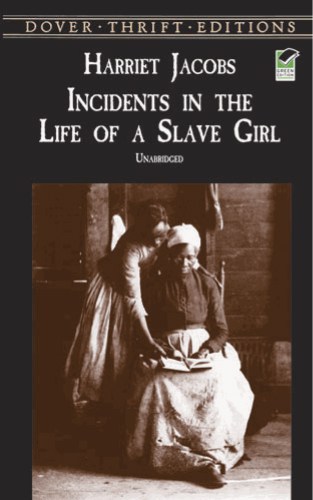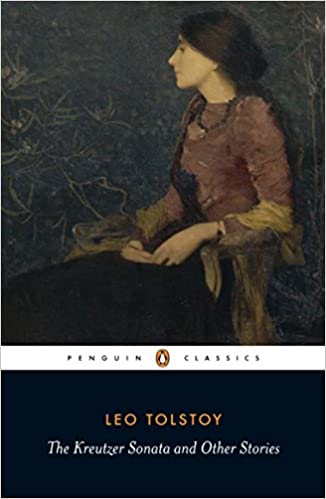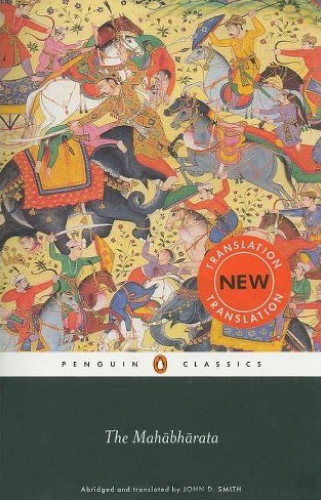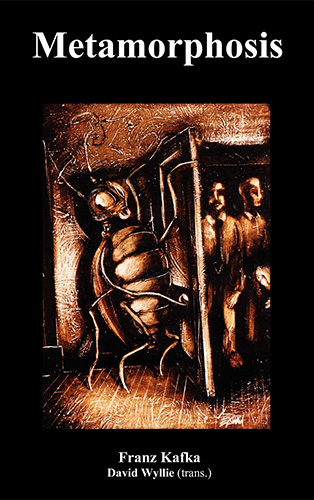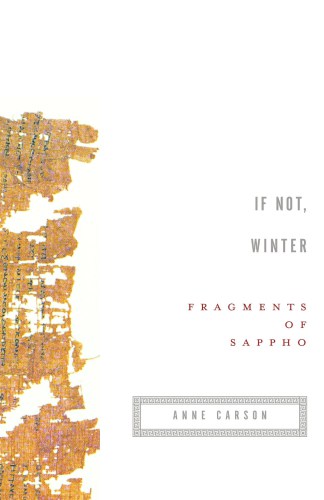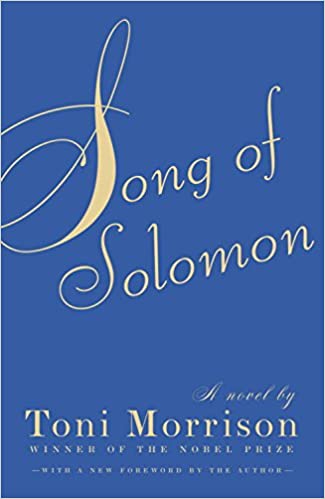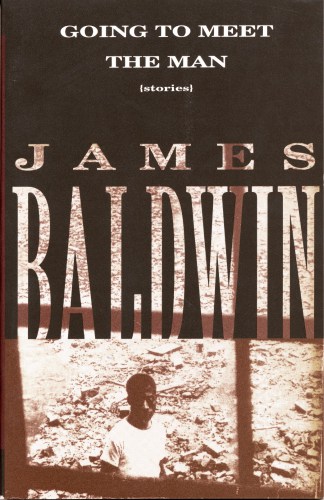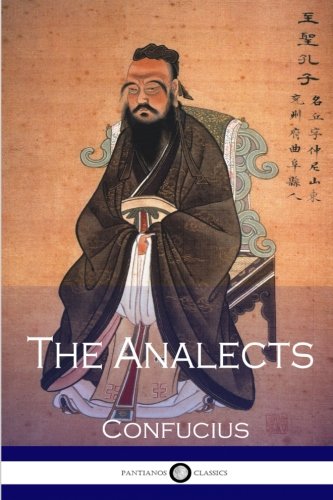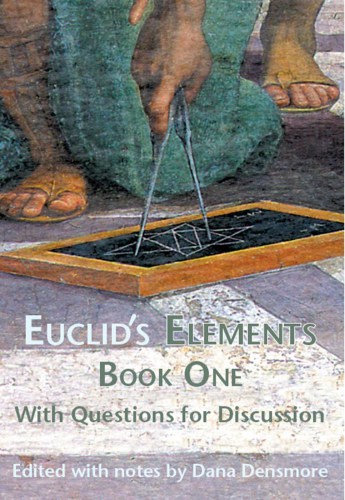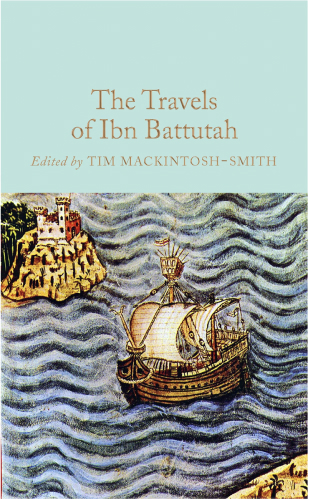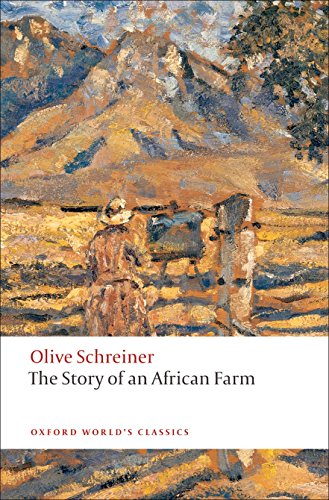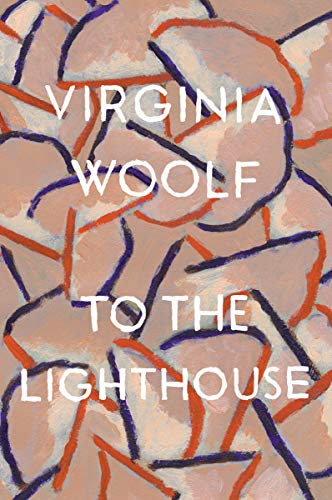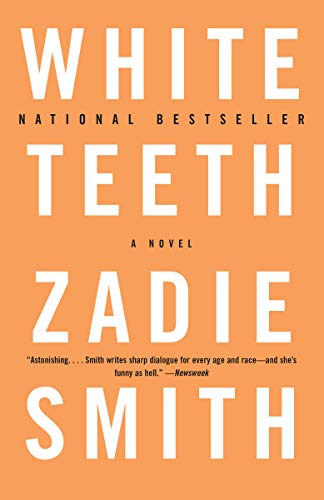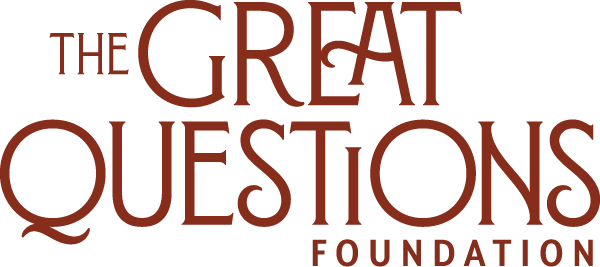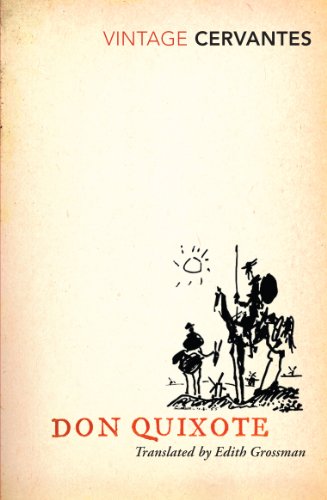
Don Quixote
Don Quixote is often called the first novel. Despite the humor that suffuses the tale, it is a serious and even a tragic work. The laughter the novel provokes, and the distance combined with affection we feel for its noble yet ridiculous protagonist as he attempts to live out his ideals in a decidedly unsympathetic world, provoke examination of themes that students will feel deeply. Many of them, in coming to college, have themselves set off on a grand adventure. Like Don Quixote, they may be inspired by high ideals to advocate for causes to which they are deeply committed, only to find themselves met not with opportunities for heroism but by cynicism, bureaucracy, ridicule, and the insistent humdrum demands of everyday life.

